An endangered forest is one that has ecological importance in its
environment and is being threatened by industrialization or human
encroachment. Most of these forests have been part of their environment
for many years and play a vital role in maintaining a natural balance of
the eco system. Scientists have claimed that deforestation has played
an important role in causing global warming.
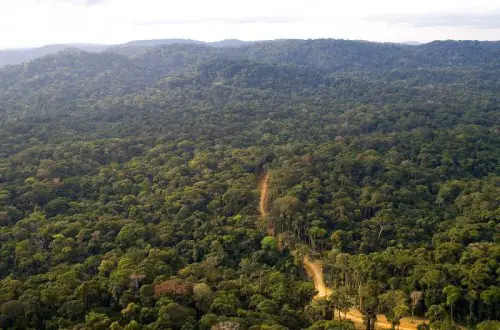
The world’s second largest tropical forest is the Congo Basin Forest and it covers six countries in Africa; Cameroon, the Central African Republic, the Republic of Congo, the Democratic Republic of Congo, Equatorial Guinea and Gabon. The Congo Basin Forest represents 70% of the continent’ vegetation and contains more than 600 species of trees and 10,000 species of animals. This forest has suffered the highest deforestation in the globe as trees are cut for commercial purposes and cleared for farming. Due to the civil wars and unrest that rock that particular region, many people have been forced to encroach and live in the forest.
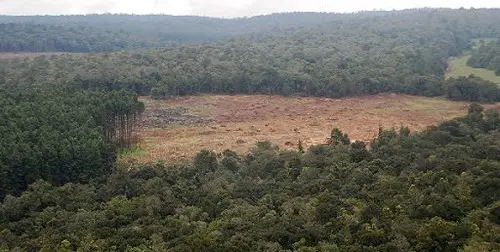
The largest indigenous forest in the Rift Valley is the Mau Forest in Kenya. It covers 675,000 acres and is the largest water catchment area in the country. Many rivers start flowing from the Mau Forest and feed many lakes in the region like the Lake Victoria, which lies in three East African countries, Kenya, Uganda and Tanzania. The Mau Forest has been threatened by human encroachment as the Kenyan population looks to acquire more land, especially fertile land for agriculture, an important economic activity in the country. The Kenyan government has taken steps to protect the Mau Forest and many Kenyan families have been evicted from the area.

Along the Southern Chilean coast in South America, lies the Valdivian Rainforest. The nonprofit organization, Conservation International ranks this rainforest as one of the world’s top 25 biodiversity hotspots. More than 90% of the plant life and over 70% of the animal life in this forest cannot be found anywhere else in the world. Chile’s economy has benefited greatly from wood pulp manufacturing and forestry from the Valdivian Rainforest. This forest has suffered deforestation because of these economic activities as well as building of highways through it. There is a plan by the Chilean forestry to clear the trees native and unique to the Valdivian Rainforest and replace them with pines and eucalyptus tree farms.
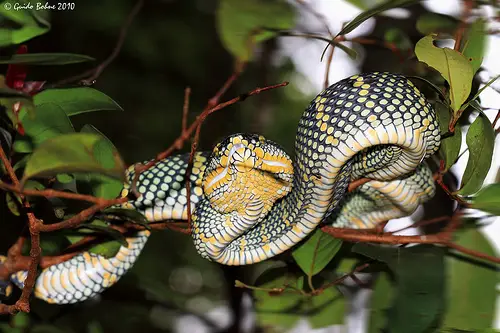
Sumatra is the largest island that is part of Indonesia. It is actually the sixth largest island in the world. Sumatra’s Rainforest has plant and animal life that are unique to it and cannot be found anywhere else in the world. Almost half of the Sumatra’s Rainforest has been destroyed as Indonesia’s economy benefits from legal and illegal logging and expanding oil palm plantations. Such devastation has led to animals such as the Sumatran Tiger, Sumatran Orangutan and Sumatran Rhino to be placed on the Critically Endangered Species. The Tropical Rainforest Heritage of Sumatra was declared a UNESCO World Heritage Site in 2004.
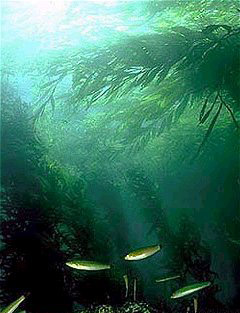
Did you know that the sea has underground rainforests? Kelp forests have large sea weeds, some growing to 80 meters in length. In Australia, Kelp Forests of Tasmania are on a heavy decline with only 5% of the original size remaining. These forests are an important habitat for marine organisms. Products made from kelp are used to thicken foods like ice cream and jelly. Scientists say that the destruction of the Tasmania Kelp Forests is caused by weather disasters like El Nino, over harvesting of kelp, the increase in Tasmania sea water temperatures and the decline of dissolved nutrient levels.
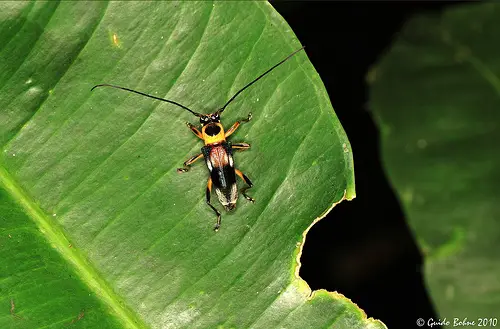
The Independent State of Papua New Guinea is in the Pacific Ocean, neighboring Indonesia and Australia. The highlands region of the country is covered with tropical rainforests, which is more than 70% of the country. Over 950 species of birds and mammals, and over 20,000 plant species call these rainforests their home. Nearly a quarter of the country’s rainforests have been destroyed driven by commercial logging and clearing of land for large scale agricultural projects, like oil palm plantations. The Papua New Guinea government is pushing wealthy nations to compensate the country for conserving its forests in order to reduce emissions from deforestation.

The fourth largest country in South America is Colombia, home to rich tropical rainforests that have one of the highest biodiversity in the world. According to the United Nations, Colombia is quickly losing its natural forest cover due to legal and illegal logging, mining, energy development and clearing of trees for small and large scale agricultural projects like the illegal cocaine farming and oil palm plantations. The Colombia government has taken a hands-on approach to conservation by participating in the Kyoto Protocol on Climate Change CDM (Clean Development Mechanism) project whereby industrialized countries compensate Colombia for conservation of its rainforests.

The island nation is the fourth largest island in the world. Madagascar’s rainforests, dry forests and thorn forests house 80% of plants and animals that cannot be found anywhere else in the world. But unfortunately ninety percent of the forest cover in Madagascar has been stripped, most of which happened to clear land for small scale agriculture and mining, legal and illegal commercial logging and charcoal production. The Madagascar government with the help of agencies like USAID and the European Union are working to improve conservancy efforts. The military coup in 2009 put the deforestation at an all time high but the local communities are also fighting back against illegal loggers.
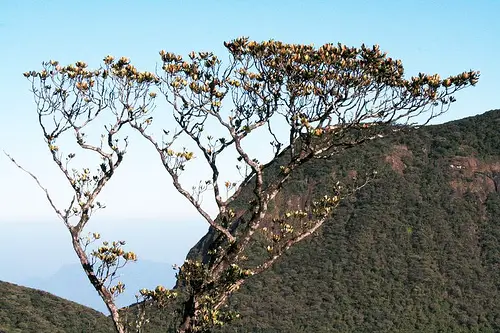
Sri Lanka is an island country in the Indian Ocean and is another biodiversity hotspot. The nation’s Sinharaja Rainforest is the last viable one of its kind and is a UNESCO World Natural Heritage Site. Eighteen percent of Sri Lanka’s natural forest cover has been destroyed. Under British colonial rule, most of the forest was cleared to make way for coffee, tea, cinchona and rubber plantations. The civil war that followed brought with it more deforestation. Government forces cleared the forests afraid that the rebels would hide out there and those who were displaced from their homes went to settle in the forest.
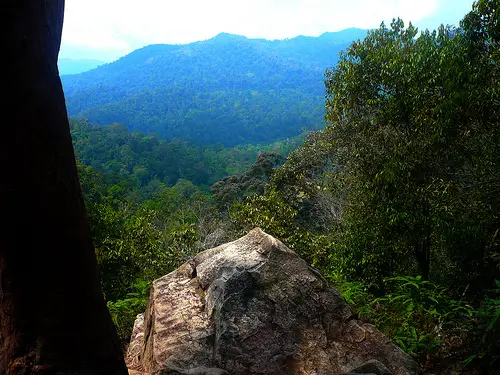
Much of Malaysia has mountainous terrains that are covered in dense rainforests which are among the world’s most biodiverse. The original forests were destroyed to clear land for agricultural purposes, mining and legal and illegal logging. Some of the fall outs of this deforestation have been flooding, which has taken down some more trees in the forest with it. Wild fires have also taken their toll on these rainforests. It has even been predicted that Malaysia’s rainforests will be extinct by 2020. The Malaysian government is making efforts to rebuild the forest ecosystem especially with the formation of the Forest Research Institute Malaysia (FRIM).
1. Congo Basin Forest

The world’s second largest tropical forest is the Congo Basin Forest and it covers six countries in Africa; Cameroon, the Central African Republic, the Republic of Congo, the Democratic Republic of Congo, Equatorial Guinea and Gabon. The Congo Basin Forest represents 70% of the continent’ vegetation and contains more than 600 species of trees and 10,000 species of animals. This forest has suffered the highest deforestation in the globe as trees are cut for commercial purposes and cleared for farming. Due to the civil wars and unrest that rock that particular region, many people have been forced to encroach and live in the forest.
2. The Mau Forest

The largest indigenous forest in the Rift Valley is the Mau Forest in Kenya. It covers 675,000 acres and is the largest water catchment area in the country. Many rivers start flowing from the Mau Forest and feed many lakes in the region like the Lake Victoria, which lies in three East African countries, Kenya, Uganda and Tanzania. The Mau Forest has been threatened by human encroachment as the Kenyan population looks to acquire more land, especially fertile land for agriculture, an important economic activity in the country. The Kenyan government has taken steps to protect the Mau Forest and many Kenyan families have been evicted from the area.
3. Chile’s Valdivian Rainforest

Along the Southern Chilean coast in South America, lies the Valdivian Rainforest. The nonprofit organization, Conservation International ranks this rainforest as one of the world’s top 25 biodiversity hotspots. More than 90% of the plant life and over 70% of the animal life in this forest cannot be found anywhere else in the world. Chile’s economy has benefited greatly from wood pulp manufacturing and forestry from the Valdivian Rainforest. This forest has suffered deforestation because of these economic activities as well as building of highways through it. There is a plan by the Chilean forestry to clear the trees native and unique to the Valdivian Rainforest and replace them with pines and eucalyptus tree farms.
4. Sumatra’s Rainforest

Sumatra is the largest island that is part of Indonesia. It is actually the sixth largest island in the world. Sumatra’s Rainforest has plant and animal life that are unique to it and cannot be found anywhere else in the world. Almost half of the Sumatra’s Rainforest has been destroyed as Indonesia’s economy benefits from legal and illegal logging and expanding oil palm plantations. Such devastation has led to animals such as the Sumatran Tiger, Sumatran Orangutan and Sumatran Rhino to be placed on the Critically Endangered Species. The Tropical Rainforest Heritage of Sumatra was declared a UNESCO World Heritage Site in 2004.
5. Tasmania’s Kelp Forests

Did you know that the sea has underground rainforests? Kelp forests have large sea weeds, some growing to 80 meters in length. In Australia, Kelp Forests of Tasmania are on a heavy decline with only 5% of the original size remaining. These forests are an important habitat for marine organisms. Products made from kelp are used to thicken foods like ice cream and jelly. Scientists say that the destruction of the Tasmania Kelp Forests is caused by weather disasters like El Nino, over harvesting of kelp, the increase in Tasmania sea water temperatures and the decline of dissolved nutrient levels.
6. Papua New Guinea’s Rainforests

The Independent State of Papua New Guinea is in the Pacific Ocean, neighboring Indonesia and Australia. The highlands region of the country is covered with tropical rainforests, which is more than 70% of the country. Over 950 species of birds and mammals, and over 20,000 plant species call these rainforests their home. Nearly a quarter of the country’s rainforests have been destroyed driven by commercial logging and clearing of land for large scale agricultural projects, like oil palm plantations. The Papua New Guinea government is pushing wealthy nations to compensate the country for conserving its forests in order to reduce emissions from deforestation.
7. Colombia’s Rainforests

The fourth largest country in South America is Colombia, home to rich tropical rainforests that have one of the highest biodiversity in the world. According to the United Nations, Colombia is quickly losing its natural forest cover due to legal and illegal logging, mining, energy development and clearing of trees for small and large scale agricultural projects like the illegal cocaine farming and oil palm plantations. The Colombia government has taken a hands-on approach to conservation by participating in the Kyoto Protocol on Climate Change CDM (Clean Development Mechanism) project whereby industrialized countries compensate Colombia for conservation of its rainforests.
8. Madagascar’s Forests

The island nation is the fourth largest island in the world. Madagascar’s rainforests, dry forests and thorn forests house 80% of plants and animals that cannot be found anywhere else in the world. But unfortunately ninety percent of the forest cover in Madagascar has been stripped, most of which happened to clear land for small scale agriculture and mining, legal and illegal commercial logging and charcoal production. The Madagascar government with the help of agencies like USAID and the European Union are working to improve conservancy efforts. The military coup in 2009 put the deforestation at an all time high but the local communities are also fighting back against illegal loggers.
9. Sri Lanka’s Rainforests

Sri Lanka is an island country in the Indian Ocean and is another biodiversity hotspot. The nation’s Sinharaja Rainforest is the last viable one of its kind and is a UNESCO World Natural Heritage Site. Eighteen percent of Sri Lanka’s natural forest cover has been destroyed. Under British colonial rule, most of the forest was cleared to make way for coffee, tea, cinchona and rubber plantations. The civil war that followed brought with it more deforestation. Government forces cleared the forests afraid that the rebels would hide out there and those who were displaced from their homes went to settle in the forest.
10. Malaysia’s Rainforests

Much of Malaysia has mountainous terrains that are covered in dense rainforests which are among the world’s most biodiverse. The original forests were destroyed to clear land for agricultural purposes, mining and legal and illegal logging. Some of the fall outs of this deforestation have been flooding, which has taken down some more trees in the forest with it. Wild fires have also taken their toll on these rainforests. It has even been predicted that Malaysia’s rainforests will be extinct by 2020. The Malaysian government is making efforts to rebuild the forest ecosystem especially with the formation of the Forest Research Institute Malaysia (FRIM).
No comments:
Post a Comment